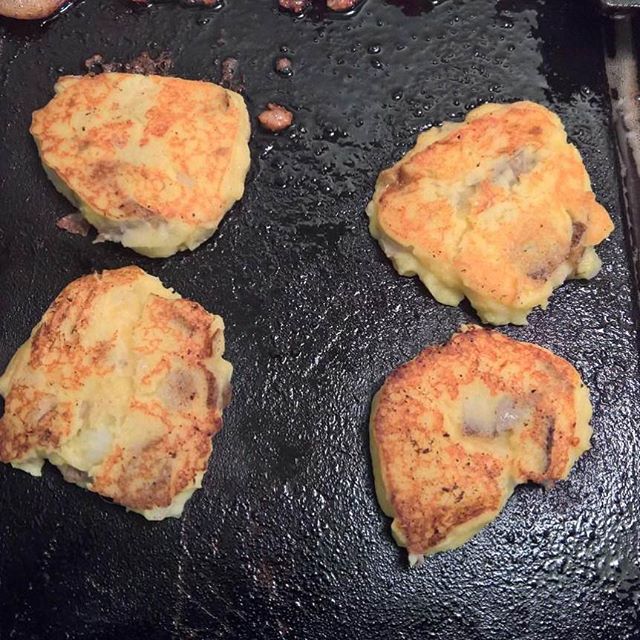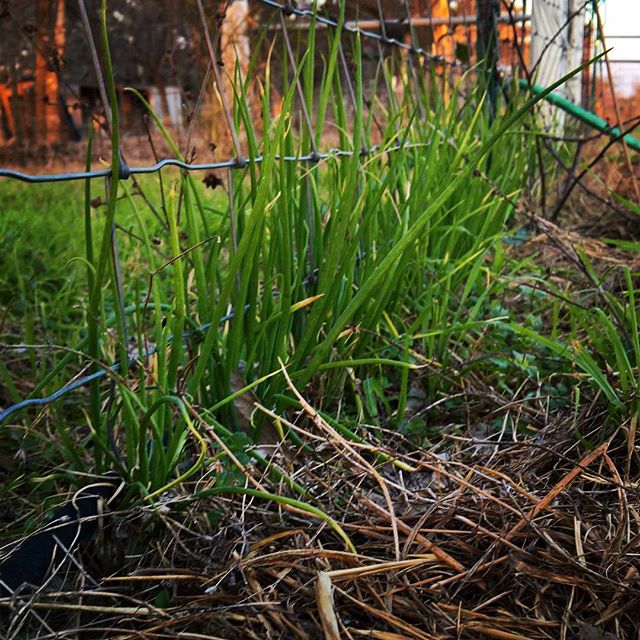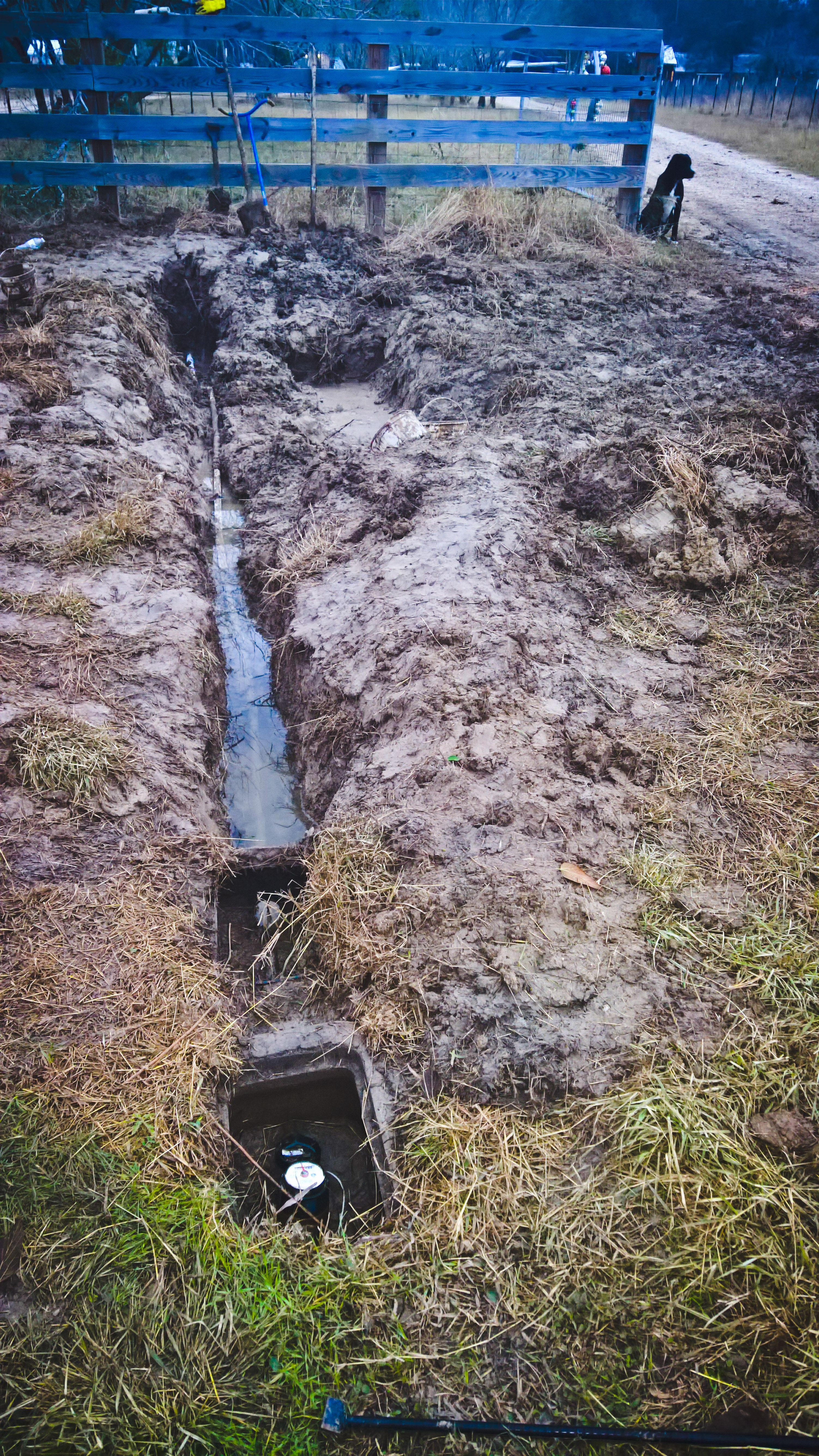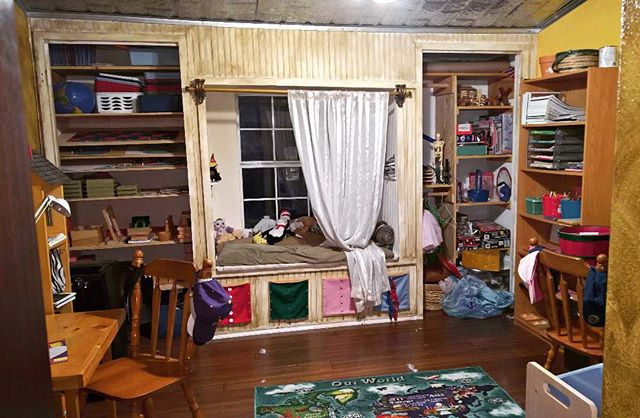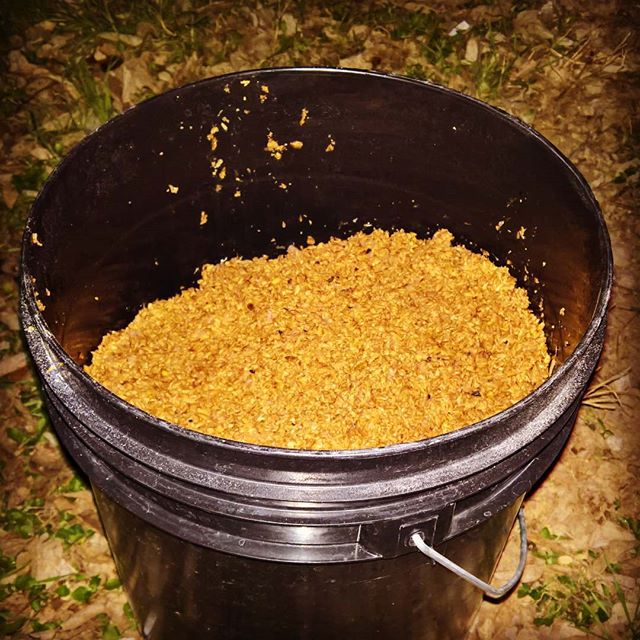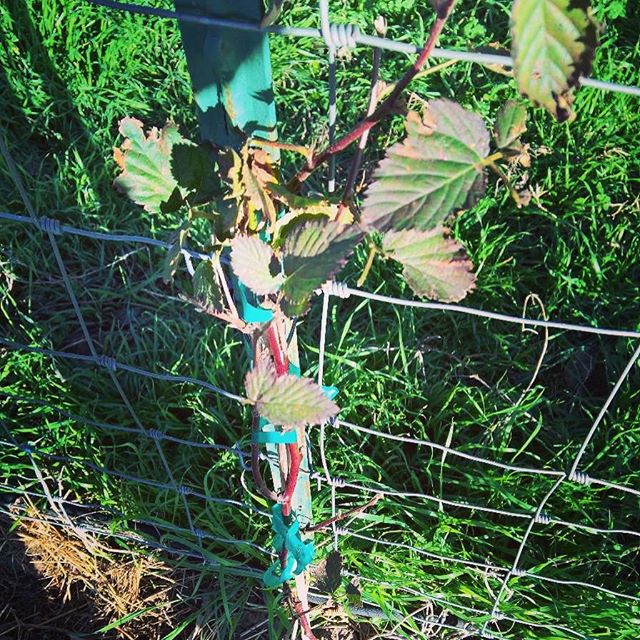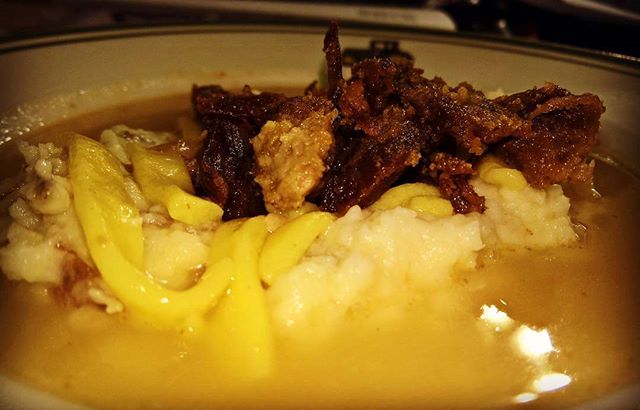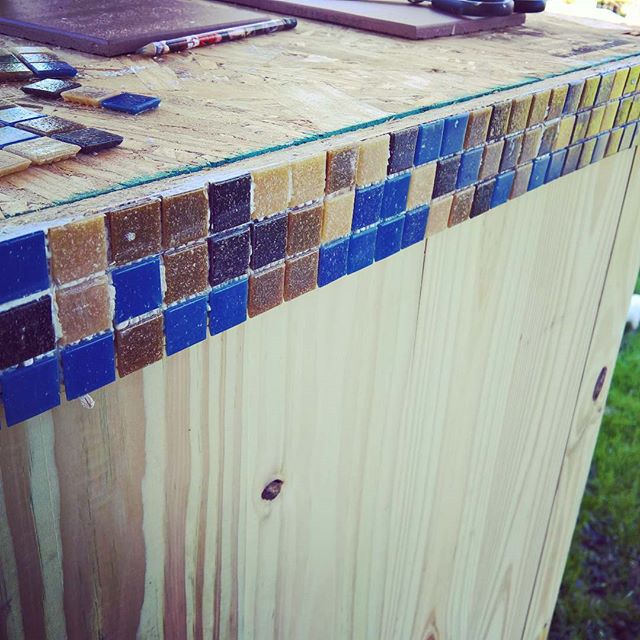A couple of weeks ago, while sitting in a Mexican restaurant about to eat our breakfast tacos, Iain said, “Mom, I think something’s wrong with this taco. The eggs are kinda pale-ish.”
“My son,” I explained, “that is because in 6 months, you have become accustomed to the vibrant and flavorful egg that is laid by the pasture raised chicken. These ordinary eggs will no longer satisfy your palate or your senses.”
I tell you this story because my potato pancakes are very yellow. More yellow than I have ever seen a potato pancake. Not an unappetizing shade by any means, but you’ll be hard pressed to replicate our yellow patties without farm fresh eggs. And while the eggs are delicious, the secret to a really good potato pancake is in the mashed potatoes, not the eggs; and the secret to great mashed potatoes is cream cheese. Start with good potatoes, you get great pancakes.
Great breakfast side for your eggs and bacon. Start your bacon first, because you want to fry these babies in plenty of bacon grease, a bacon grease deficiency can be detrimental here.
View the recipe on PepperPlate.com
Yield 6 pancakes
Active Time 15 minutes
Categories breakfast
Ingredients
1 cup leftover mashed potatoes
1 egg
1 teaspoon grated parmesan cheese
1 small clove garlic, diced
1/2 teaspoon parsley
1/2 teaspoon chives, onion greens, or onion powder, optional
Instructions
Combine all ingredients, drop by ice cream scoop onto hot greased griddle or skillet. Flatten into pancake shape. Flip when golden brown, serve hot.
